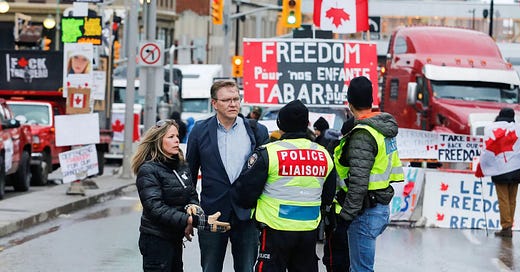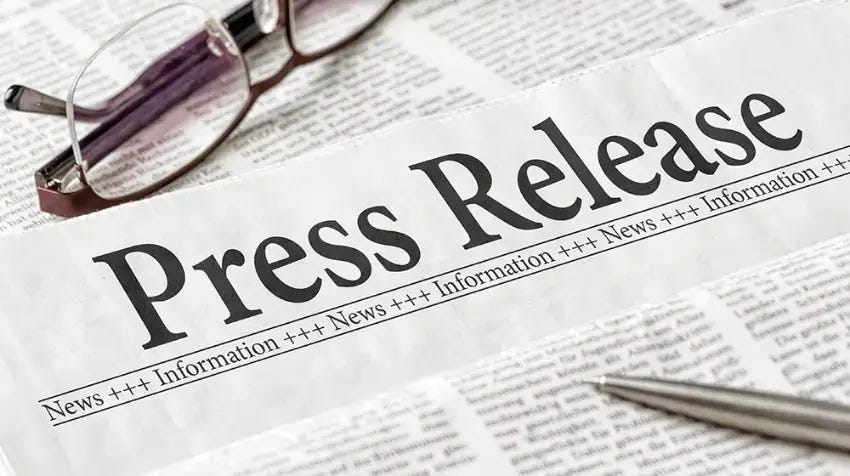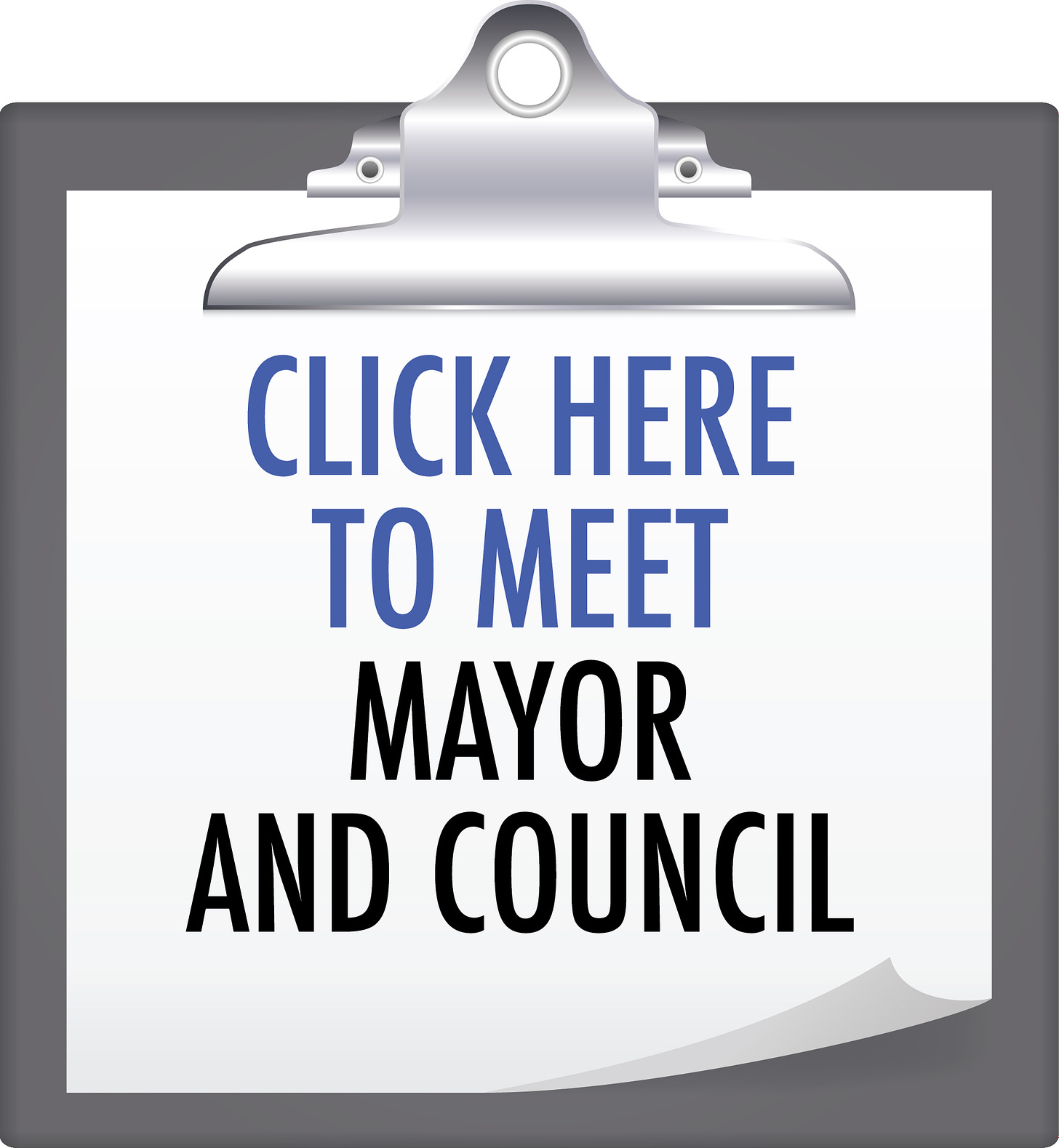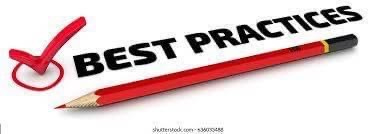Best Practices Guide for Advocacy & Community Safety
Introduction
This guide is a practical toolkit for individuals and groups advocating for issues while ensuring community safety, lawful assembly, and effective engagement. Whether you’re organizing a rally, protest, or advocacy campaign, these best practices will help maximize impact, build credibility, and foster positive engagement with law enforcement, media, and government representatives.
By following these steps, your advocacy efforts will be more organized, effective, and protected from unnecessary conflicts or legal challenges.
1️⃣ Working with Law Enforcement
Planning a Safe & Lawful Event
✔ Clarify Your Goal – Clearly define the purpose of your gathering. What is the end goal? What key message must be conveyed?
✔ Know the Laws – Research local protest laws, permit requirements, and public gathering regulations to ensure compliance.
✔ Minimize Risk – Choose a location that balances visibility and accessibility while reducing unnecessary conflict.
✔ Appoint Safety Leads – Designate event marshals who can assist in de-escalation and ensure participant safety.
Engaging with Police Before the Event
📩 Submit Your Event Plan – Provide law enforcement with your event plan and ask for their input. They may offer security support, traffic control, and emergency coordination.
🛑 Avoid Unnecessary Conflict – The focus should remain on your advocacy goal, not confrontation with authorities or counter-protesters.
🛡 Have a Security Plan – Establish clear safety protocols and contact points in case of emergencies.
✅ Why This Works: Law enforcement is more likely to cooperate when organizers proactively share plans and prioritize public safety.
2️⃣ Media & Public Messaging
Crafting an Effective Press Release
📌 Write from a Neutral Perspective – Structure the release as if written by a journalist, keeping it factual and free from inflammatory language.
📌 Use the ‘Inverted Pyramid’ Structure – Place the most important details first, followed by supporting information.
📌 Provide Key Contacts – Include a spokesperson's name, phone number, and email for media inquiries.
Talking Points for Interviews & Public Statements
✔ Stay on Message – Avoid getting distracted by side issues or provocations from opposition or media.
✔ Acknowledge Opposition Views Thoughtfully – Address common criticisms calmly and with facts.
✔ Use Simple, Clear Language – Speak in a way that everyone can understand and relate to.
✅ Why This Works: The media is more likely to cover an event positively if it’s presented professionally, concisely, and factually.
3️⃣ Engaging with Government Officials
Building Relationships with Decision-Makers
✔ Start with Local Officials – Engage mayors, councillors, and municipal leaders before escalating to provincial and federal representatives.
✔ Frame Advocacy as a Community Benefit – Present your movement as a positive force for the community.
✔ Be Professional and Respectful – Maintain a calm and solutions-oriented approach.
Action Plan for Government Engagement
1️⃣ Request a Meeting – Contact local officials to share your advocacy goals and concerns.
2️⃣ Present a Best Practices Guide – Show that your group prioritizes community safety and cooperation.
3️⃣ Follow Up – Keep communication lines open to build long-term relationships.
✅ Why This Works: Government officials are more likely to take concerns seriously when presented by a well-organized and professional group.
4️⃣ Creating an Online Hub for Your Movement
If your advocacy group gains momentum, consider setting up a website or online platform to:
✔ Provide a step-by-step guide for new advocates.
✔ Offer email and letter templates for contacting officials and media.
✔ Serve as a central hub for event updates, petitions, and calls to action.
📩 To contribute resources, share feedback, or collaborate, contact: gather2030@protonmail.com
Final Thoughts: Stay Focused, Stay Safe, Stay Effective
By ensuring peaceful, professional, and well-organized advocacy, we can increase credibility, maximize impact, and create meaningful change.
🔹 Plan effectively – Prioritize safety, legality, and strategy.
🔹 Engage professionally – Work with law enforcement, media, and officials in a way that earns respect.
🔹 Stay mission-focused – Keep the message clear and avoid distractions or unnecessary conflict.
🚀 Take action today and help build a stronger, safer community!
Thank you for your kind consideration.








